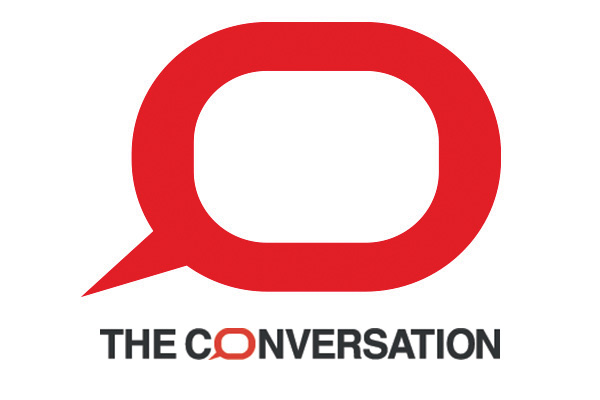What motivates changing behaviours during COVID-19
January 7, 2021
Share

The ongoing COVID-19 pandemic has forced us to make some pretty interesting decisions like buying in bulk, wearing face masks and physically distancing from other people.
 How do we make decisions and choices? Motivation is the reason why we do what we do. Motivation theory analyzes the why of human behaviour as a means of understanding people’s decision-making processes. But people’s motivations are more complicated than we might think, because decisions are usually based on several factors that may or may not be context-specific.
How do we make decisions and choices? Motivation is the reason why we do what we do. Motivation theory analyzes the why of human behaviour as a means of understanding people’s decision-making processes. But people’s motivations are more complicated than we might think, because decisions are usually based on several factors that may or may not be context-specific.
My research looks at how people can be motivated to innovate: I study learning environments, leadership strategies and how to develop innovation potential. Understanding motivation in innovation can help us understand how we make decisions in unusual times.
Motivation depends on what’s going on
Motivation as a field of study can be found in the writings of the Greek philosopher Plutarch and the Bhagavad Gita — among many other ancient texts — although focused psychological studies or motivation dynamics are rather recent. In the past century, motivation theory has looked at whether motivation is extrinsic or intrinsic to a task.
Those of us who study motivation have many theories to choose from, each with strengths and weaknesses. You would, however, be hard-pressed to find a framework more easily transferable than expectancy-value-cost theory (EVC), which understands motivation as uniquely contextual for each situation.
One way to think of it is as a dynamic interaction of the expectancies (confidence in the outcome) and values (what makes it valuable) going up against the perceived costs related to a given task to a given person in a given context. If your held expectancies and values outweigh your perceived costs, you are likely motivated to complete the task, and vice versa.
What drove people to buy up toilet paper?
For most of March and April 2020, it was pretty hard to come by toilet paper because it was literally rolling off the shelves. People were panic-buying toilet paper in bulk, and supply couldn’t keep up with demand.
Applying EVC theory suggests that people were increasingly motivated to buy toilet paper because of a perceived need to be prepared. The increase in perceived value went unchecked, and plenty of people’s motivation to buy toilet paper went through the roof as fast as their probably sound reasoning went down the drain.
Increasing, explaining or revealing the values of any task (good or bad) makes it more likely that someone will do it. When you effectively communicating why people should behave in a certain way by explaining the value of a decision or choice, they are more likely to behave in that way.
How did people adjust to working from home?
A public health mandate may have necessitated many people to work from home, but until many people actually had settled into working from home, few would have believed that they could passably perform their role from home. Folks might have been nervous or unconfident in their ability to accomplish their role early on, but over time, people grew into working from home or in whatever changed circumstance they found themselves working in.
In other words, we adapted to the reality in front of us. Lots of people would now be more likely to think it’s possible to capably manage working from home.
Our expectations of success are built by our lived experiences, especially the unplanned ones, and we are more comfortable doing what we have done in the past. These experiences change what we believe ourselves to be capable of doing.
Motivating a desired outcome
EVC theory can be applied to increase the chances of a specific outcome. As a first step, EVC theory splits the factors into two groups, those that promote the task outcome and those that hinder the task outcome. Naturally, we would want to make the promoting factors as big as possible and the hindering factors as small as possible as for instance innovating or changing thinking .
This makes for a two-pronged approach to motivate people to make the desired choice: maximizing expectancies and values and mitigating costs, such as time investment, isolation, loss of stability, sense of safety and additional effort.
In the case of people adapting to physical distancing (or pretty much anything), providing easily understood information from a trusted source will likely increase the chances of the behaviour. Explaining in clear terms what someone will get from doing something builds one or more types of value, such as fulfilling a communal or shared duty.
This can be applied anywhere, for example, fitness during the pandemic, healthy diets, physical distancing. The key is helping someone see and believe they can do something, explain what the whole point of the exercise is and what they get from doing it (fun, fulfilment, importance or reward) and then work to address their perceived barriers to actually doing it. This turns into the blueprint for driving desired behaviours.![]()
Eleftherios Soleas, Adjunct assistant professor, Education, Queen's University.
This article is republished from The Conversation under a Creative Commons license. Read the original article.